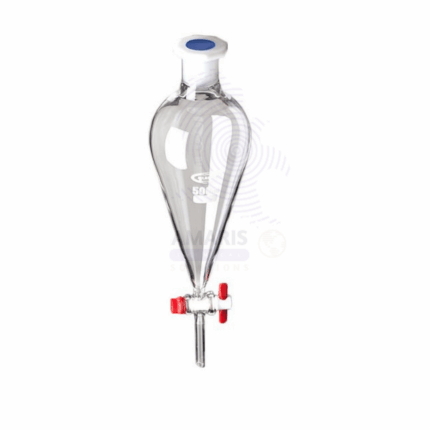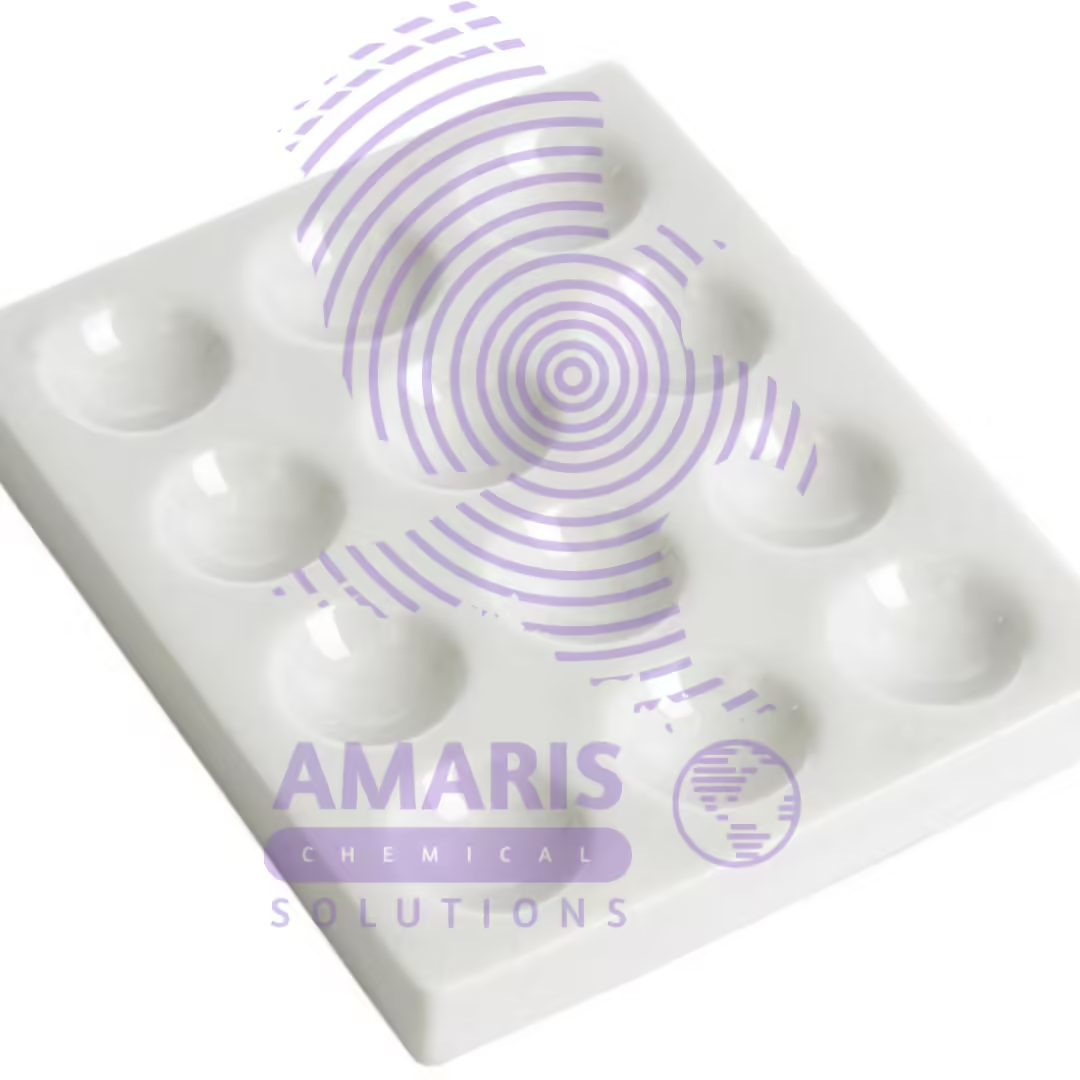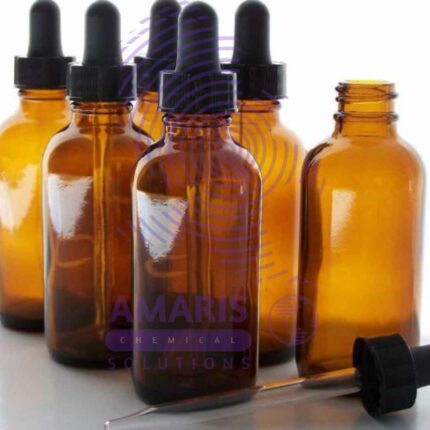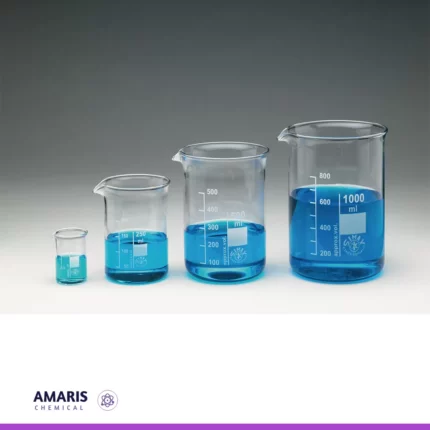“beaker hysil” has been added to your cart. View cart

Separating funnel 60ml 125ml
$750.00 Original price was: $750.00.$600.00Current price is: $600.00.

Tile cavity 6 and 12 holes
$370.00 Original price was: $370.00.$300.00Current price is: $300.00.
Terminals
$700.00 Original price was: $700.00.$650.00Current price is: $650.00.
Whatsapp Order
Terminals, in a laboratory context, refer to connection points that facilitate the transfer of electrical signals, data, or power between different devices or systems. They serve as the interface for wiring, allowing for the secure and organized connection of equipment
SKU:
ACS65311CHEM0
Category: LABORATORY EQUIPMENT & APPARATUS
Description
Uses of Terminals
- Electrical Connections:
- Wiring terminals are used for securely connecting electrical equipment or instruments to a power source. They ensure a stable, safe, and organized electrical connection, often found in setups like electrochemical experiments.
- Data Communication:
- Computer terminals are used to interface with computers or lab equipment for data acquisition and analysis. They allow scientists to control instruments, run simulations, and monitor real-time data from experiments.
- Control Systems:
- In automated laboratory setups, terminals can be part of the control systems for devices like incubators, spectrometers, or chromatographs, allowing users to input commands, monitor conditions, and adjust parameters.
- Monitoring and Display:
- Some terminals are used as display interfaces for real-time monitoring of laboratory processes, showing data such as temperature, pH, or pressure from sensors.
- Connection Points for Instruments:
- Terminal blocks are often used to connect multiple devices to a single instrument, allowing for more organized and accessible connections in complex setups, such as in large testing equipment or analysis systems.
Reviews (0)
Be the first to review “Terminals” Cancel reply
Related products
Absorption Tower
$0.01
A laboratory absorption tower is a scaled-down version of an industrial absorption tower used for experimental purposes within a laboratory setting. It is a specialized piece of lab apparatus designed to investigate the principles of gas-liquid absorption or scrubbing processes under controlled conditions.
Typically, a lab absorption tower consists of a glass or transparent column filled with a packing material or trays to facilitate the gas-liquid contact. It is equipped with inlet and outlet ports to introduce the gas stream and remove the treated gas after absorption. Additionally, there are ports or connections to introduce the liquid solvent and monitor its flow rate. The tower may also have temperature and pressure control mechanisms to simulate specific conditions relevant to the experiment.
Laboratory absorption towers are essential tools for researchers, chemists, and engineers to study the behavior of gases and liquids during absorption processes, optimize process parameters, and assess the efficiency of different solvents or packing materials. These experiments contribute to the development and improvement of industrial-scale absorption systems and help in solving environmental challenges related to air and gas pollution.
Amber Bottles Polystop
$0.01
A laboratory glass amber bottle is a specialized container commonly used in laboratories to store and protect light-sensitive substances, chemicals, or solutions. These bottles are made from amber-colored glass, which provides protection against ultraviolet (UV) and visible light radiation. The amber glass helps to minimize the degradation and decomposition of light-sensitive contents by blocking a significant portion of the light spectrum.
The amber color of the glass is achieved by adding iron, sulfur, and other compounds during the glass manufacturing process. This coloration is what gives the bottles their distinctive amber or brown appearance.
Laboratory glass amber bottles typically come in various sizes, ranging from small volumes of a few milliliters to large capacities of several liters. They often have a screw-on or snap-on cap, providing a secure and airtight seal to prevent spills, evaporation, and contamination.
Due to their ability to protect light-sensitive substances, laboratory glass amber bottles are widely used in chemistry, biology, pharmaceuticals, and other scientific fields where sample integrity and stability are crucial.
Atomic Model Set
$0.01
A lab atomic model set is a collection of physical models and materials designed to represent the structure of atoms and molecules. It is commonly used in educational and scientific laboratory settings to visually demonstrate the arrangement of protons, neutrons, and electrons within an atom, as well as the bonding patterns between atoms in molecules. These sets typically include colored balls of various sizes representing different types of atoms, as well as connectors or magnets to simulate chemical bonds between them. The purpose of these sets is to help students and researchers better understand the principles of atomic and molecular structure in a tangible and interactive way.
balance spring
$0.01
Beaker Simax
$0.01
A glass beaker is a cylindrical, open-top container made of glass, typically with graduated volume markings on its side. It is commonly used in laboratories for holding, mixing, and heating liquids, as well as for performing various experiments and chemical reactions. Glass beakers come in various sizes and are designed to provide easy observation of the contents and to withstand temperature changes without significant deformation or chemical interaction with the substances being used.
bell in vacuum
$0.01
A "bell in vacuum" apparatus is a scientific setup used to demonstrate the effects of reduced air pressure (vacuum) on sound transmission. It typically consists of a bell or sound-producing object enclosed within a sealed chamber from which air has been removed, creating a low-pressure environment. This apparatus is designed to illustrate how sound travels differently in a vacuum compared to in normal atmospheric conditions, highlighting the role of air molecules in sound propagation.



 LABORATORY EQUIPMENT & APPARATUS
LABORATORY EQUIPMENT & APPARATUS
 Fertilizers
Fertilizers Plant Growth Regulators
Plant Growth Regulators Soil Conditioners
Soil Conditioners Animal Feed Additives
Animal Feed Additives Biostimulants
Biostimulants Dough Conditioners
Dough Conditioners Flour Treatments
Flour Treatments Fat Replacers
Fat Replacers Preservatives (baking)
Preservatives (baking)
 Surfactants (cleaning)
Surfactants (cleaning) Builders
Builders Bleaching Agents
Bleaching Agents Enzymes
Enzymes Solvents (cleaning)
Solvents (cleaning) Fragrances
Fragrances























Reviews
There are no reviews yet.